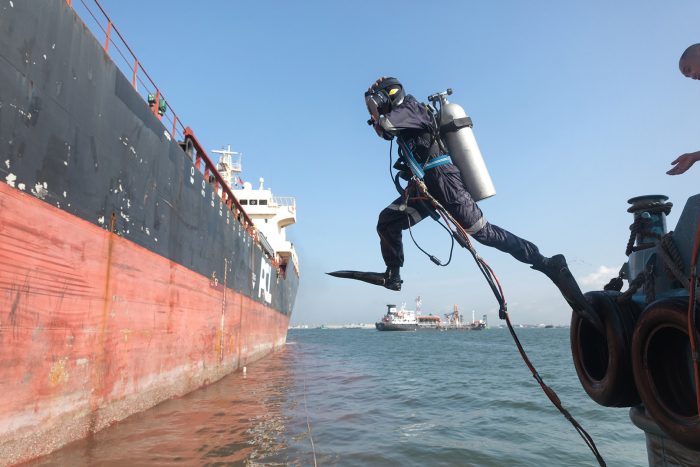Intensifying Last Mile Logistics Innovations
What a challenge COVID-19 has posed to our global supply chains, exposing flaws in manufacturing capability, shipping logistics, and, in particular, last mile enablement. The last mile delivery market is expected to grow to USD $14.96 billion by 2025, at a compound annual growth rate (CAGR) of 15.06 percent, according to a recent report by Technavio. According to Integrated logistics company in Malaysia, a tier one market research firm, by 2023, half of the world’s largest corporations will have invested in real-time mass transit visibility solutions.
Last mile delivery is defined as the transportation of goods and services from a distribution hub to the final customer destination, within a reasonable time at an affordable rate and in mint condition.
Supply chain focus on the last mile has significantly become top of mind given the COVID-19 global pandemic, as organizations have had to refresh/rethink their acquisition systems and develop great innovative strategies to build more skillful conveyance intelligence.

In times of exceptional challenges, notably in the past two years, companies are speeding their investments in robots, trade channel growth, laser precision focused product and supply chains, and last mile intelligence solutions.
This blog analyses the impacts COVID-19 has had in our supply chain ecosystems, and highlights AI advancements worthy of taking note as 2022 strategic execution plans ramp up.
In my career horizon, I don’t ever recall experiencing some fragile supply chains, impacts by sever labor shortages, availability of communications and supply chain infrastructure, and vision of lean manufacturing which all these forces coming together and then like puzzle pieces increasingly loosely federated, often referred as dis-integrated to enable core competencies internally to flourish and trust external supply chains and specializations to deliver our precious cargo.
Consider the changing landscape of China, for example, and take a moment to think about it. In the past, China was seen as an attractive labor market capable of performing manual assembly of all parts sourced from around the world at a reasonable cost. Due to the fact that more and more of what China requires is being created in their own country, the country is no longer reliant on foreign markets.
As a result of the growing obstacles posed by the United States-China trade war, several countries have been forced to source from within their own borders or from their neighbors in order to ensure sufficient supply for local demand.
Several leading market research firms, including International Data Corporation (IDC), have predicted that logistics companies will devote 35 percent or more of their business processing outsourcing services budget to process automation, in inventory, order and shipment tracking by 2022, which is only a few short weeks away.
The COVID-19 problem has compelled board directors, CEOs, and corporate leaders to boost the speed with which their ERP value chain transformation is being implemented in order to better handle the growing amount of uncertainty. Here are a few organizations that deserve to be mentioned because of their innovative approach to providing visibility solutions.

Related Posts
By : Ameerul Ahmad
Where to Get Miniature 3D Printing File for Tabletop Gaming Figures
In the world of tabletop gaming, custom miniatures can bring…
By : Ameerul Ahmad
iGaming Slots Supplier Philippines: Pioneering Trends in Digital Slot Gaming
The iGaming slots supplier Philippines has been a hotbed of…